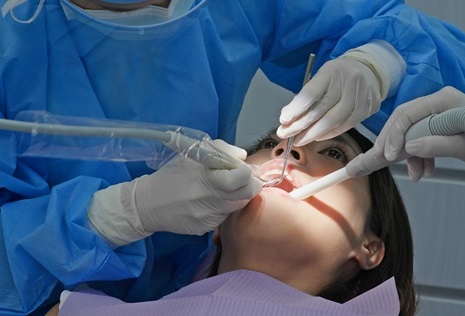Find Your Perfect Smile!
At Amana Dental, we aim to provide you and your family with the very best dental health care.

Bone and gum grafting is a surgical procedure that is used to repair or rebuild bone in the jaw, face, or skull. The procedure is typically used to restore the structure and function of the jaw after injury or disease, such as osteonecrosis, jaw tumors, or congenital defects.
Bone and gum grafting is a surgical procedure that involves the use of bone tissue to repair or rebuild damaged or missing bone. The bone tissue can be taken from the patient’s own body (autograft), from a cadaver (allograft), or from a synthetic source (xenograft). The graft is then placed into the area of the jaw or skull that needs to be repaired. Over time, the grafted bone will fuse with the surrounding bone, creating a strong and stable foundation for dental implants or other restorative procedures.
This is a condition in which the bone and gum grafting in the jaw dies due to a lack of blood supply. Bone grafting can be used to repair the damaged bone and restore function.
If a person does not have enough healthy bone in the jaw to support a dental implant, bone and gum grafting can be used to build up the bone and make it possible to place the implant.
Tumors in the jaw can cause bone destruction, which may require bone and gum grafting to repair.
Some people are born with congenital defects in the jaw or skull that can be corrected with bone and gum grafting.
There are several types of bone grafting, including:
The bone and gum grafting procedure is typically performed under general anesthesia or IV sedation. The surgeon will make an incision in the jaw or skull and remove any damaged or diseased bone. The graft material will then be placed into the area and secured with screws or other fixation devices. The incision will be closed with sutures or staples. After the procedure, the patient will need to follow a strict recovery protocol to ensure proper healing of the grafted bone. This may include a liquid diet, antibiotics, and pain medication. The patient will also need to avoid smoking and limit physical activity during the recovery period.
At Amana Dental of Orland Park, we specialize in providing top-quality bone and gum grafting services to our patients. Our team of experienced oral surgeons and dental professionals have the expertise and the latest technology to ensure that your procedure is performed safely, effectively, and with minimal discomfort. Our practice is committed to providing personalized care and attention to each patient, and we take the time to explain the procedure and the recovery process in detail, so you know what to expect. We also offer flexible scheduling options, so you can have your procedure done at a time that is most convenient for you. If you are in need of bone or gum grafting, we invite you to schedule a consultation with us today. Let us help you restore your smile, your confidence, and your quality of life. Contact us now to schedule your appointment!

Copyright © Amana Dental 2024
Designed By StarsTechGroup.com